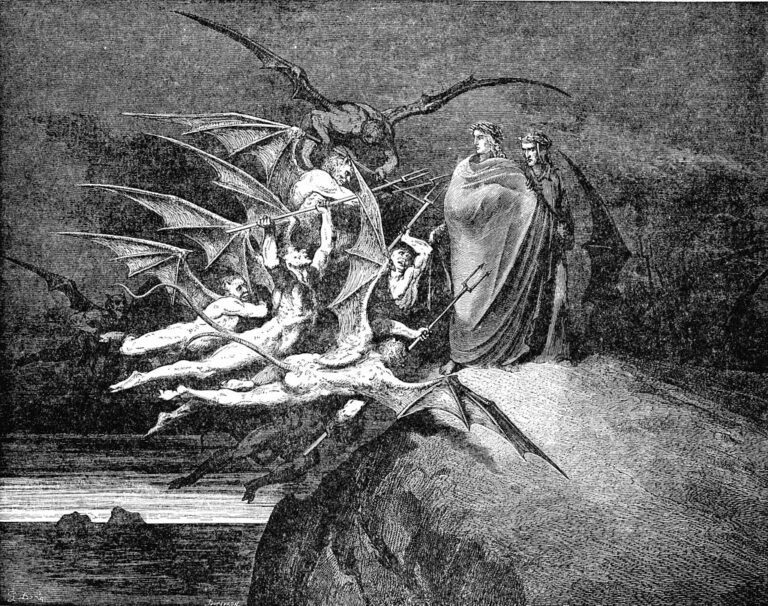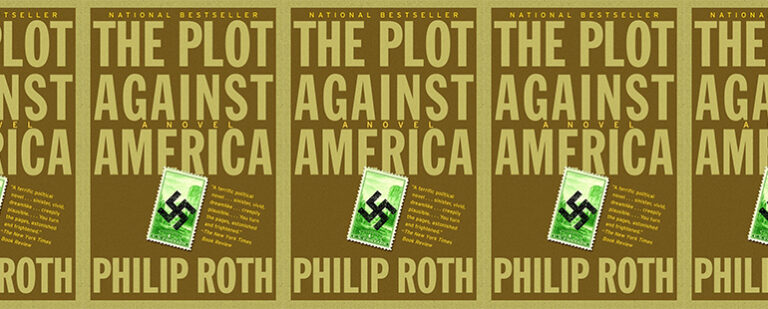A History of National Poetry Month
 Since the inception of National Poetry Month in 1996, people around the world have spent every April celebrating poetry. In the United States, where the month-long holiday was launched by the Academy of American Poets, events range from poetry readings to free writing workshops, art installations, and local festivals. In River Hills, Wisconsin, the Bach Chamber Choir will perform musical interpretations of poems by Emily Dickinson, Edna St. Vincent Millay, Walt Whitman, and more. Today, actor Jeremy Irons will read T. S. Eliot’s “Four Quartets” at the 92nd Street Y in New York City. Citizens of Houston will decorate trees in public parks with original poems as part of the annual Poet-Tree Project. In addition to promoting these events, the Academy also creates free lesson plans and classroom activities for teachers.
Since the inception of National Poetry Month in 1996, people around the world have spent every April celebrating poetry. In the United States, where the month-long holiday was launched by the Academy of American Poets, events range from poetry readings to free writing workshops, art installations, and local festivals. In River Hills, Wisconsin, the Bach Chamber Choir will perform musical interpretations of poems by Emily Dickinson, Edna St. Vincent Millay, Walt Whitman, and more. Today, actor Jeremy Irons will read T. S. Eliot’s “Four Quartets” at the 92nd Street Y in New York City. Citizens of Houston will decorate trees in public parks with original poems as part of the annual Poet-Tree Project. In addition to promoting these events, the Academy also creates free lesson plans and classroom activities for teachers.
National Poetry Month was first conceptualized in June of 1995, when members of the Academy met with booksellers, publishers, and other literary organizations, hoping to tap into what then-executive director Bill Wadsworth described as a growing “curve of energy” in the poetry community. Inspired by the success of Black History Month and Women’s History month, the Academy focused on planning commemorative events and educational programming. “We’d like it to be a time when a large sector of the American public will realize that we have an active, thriving literary culture in this country and that poets are an important part of that culture,” explained Wadsworth in 1996.
Thus the ongoing goal of National Poetry Month, it seems, is twofold: celebrating the history of American poetry and looking toward its possible futures. In other words, including—or extending access to—everyday Americans in the continuous creation of American literary culture.
On the one hand, in an otherwise chaotic sociopolitical climate, such reflection and reinvigoration are productive pursuits. “It’s commonly said that after great personal or national tragedy people turn to poetry,” writes Ali Liebegott in a 2016 POETRY magazine feature for National Poetry Month. “Poetry sales rose after 9/11. It is reassuring to know that poetry somehow answers the unanswerable.” On the other hand, this virtuous goal makes long-held criticisms of the holiday all the more interesting.
That first year, Academy staff handed out poems on the streets of New York and to folks waiting in line at the post office. The Twin Cities Literary Collective hosted an interactive event in the Mall of America, covering the floor of the Sears Court with huge magnetic words that shoppers used to write poems. The American Poetry and Literacy Project gave 1500 copies of 100 Best Loved Poems, which features writers like Emerson, Pound, and Whitman, to Amtrak, who in turn distributed the books to passengers across the country. If book sales are any indication, this inaugural celebration was a huge success. According to a survey conducted by the Academy and reported by Publisher’s Weekly in December of that year, “sales of poetry books increased 25% to 35% in independent and chain bookstores across the U.S.”
However, from the outset, some people in the poetry world found the holiday demeaning, particularly the Academy’s efforts to publicize poetry on a grand scale. “Poetry,” Louisa Solano told the Boston Globe, “is becoming more and more a profession and a marketing tool. I hate to see it going the way of the Chevrolet.” At the time, she was the owner and operator of Grolier Poetry Book Shop, a mainstay in Cambridge, Massachusetts. Like Solano, poet and former Paris Review poetry editor Richard Howard criticized what he perceived to be the commodification of an art form. In a speech delivered at the PEN Literary Awards ceremony in May of 1996, he claimed National Poetry Month not only “avowed” the insignificance of poetry, but also restricted it “to a temporal interval after which it need not trouble us for another eleven months.” The only solution, he went on to claim, is making poetry “secret” again, restoring the “status of seclusion and even secrecy that characterizes only our authentic pleasures and identifies only our intimately valued actions.” In his opinion, poetry should be less public, less accessible.
In “Against National Poetry Month As Such,” poet and PennSound co-founder Charles Bernstein also railed against the attempt to make some poetry more readily available. Critiquing the Academy’s focus on “the most conventional” and “safe” forms of poetry, he argues that NPM lessens the cultural value of “formally innovative and ‘otherstream’ poetries” as well as poetry in general. “This is the genius of the new Literary Access programs: the more you dilute art, the more you appear to increase the access,” Bernstein writes. “But access to what? Not to anything that would give a reader or listener any strong sense that poetry matters.” He goes on to emphasize that many of NPM’s corporate sponsors are the same companies making it difficult for independent presses and bookstores to survive. Similar to Howard, Bernstein seems primarily concerned with saving poetry from the forces of popularization.
While criticisms of poetry programming are nothing new—Poetry in Motion has been teased for years—this preservationist trend feels particularly dangerous. There are, of course, reasonable questions to be asked of National Poetry Month. Rigoberto González recently wrote about the recurring absence of Latino poets from the many, many lists of what to read during the holiday, which he calls the “Annual Poetry Letdown.” But the idea that poetry should remain secluded, unchanged, pure seems code for the kind of exclusion González condemns.
Luckily, both National Poetry Month and contemporary American poetry have grown in popularity in the last twenty-two years. “A generation has grown up with National Poetry Month and we’re beginning to see the impact,” writes Jennifer Benka, executive director of the Academy of American Poets. Though it’s unclear whether or not the two are connected, print poetry sales have, as reported in a recent study by the NDP Group, more than doubled since 2013, and poetry is “one of the fastest growing categories in publishing.”


